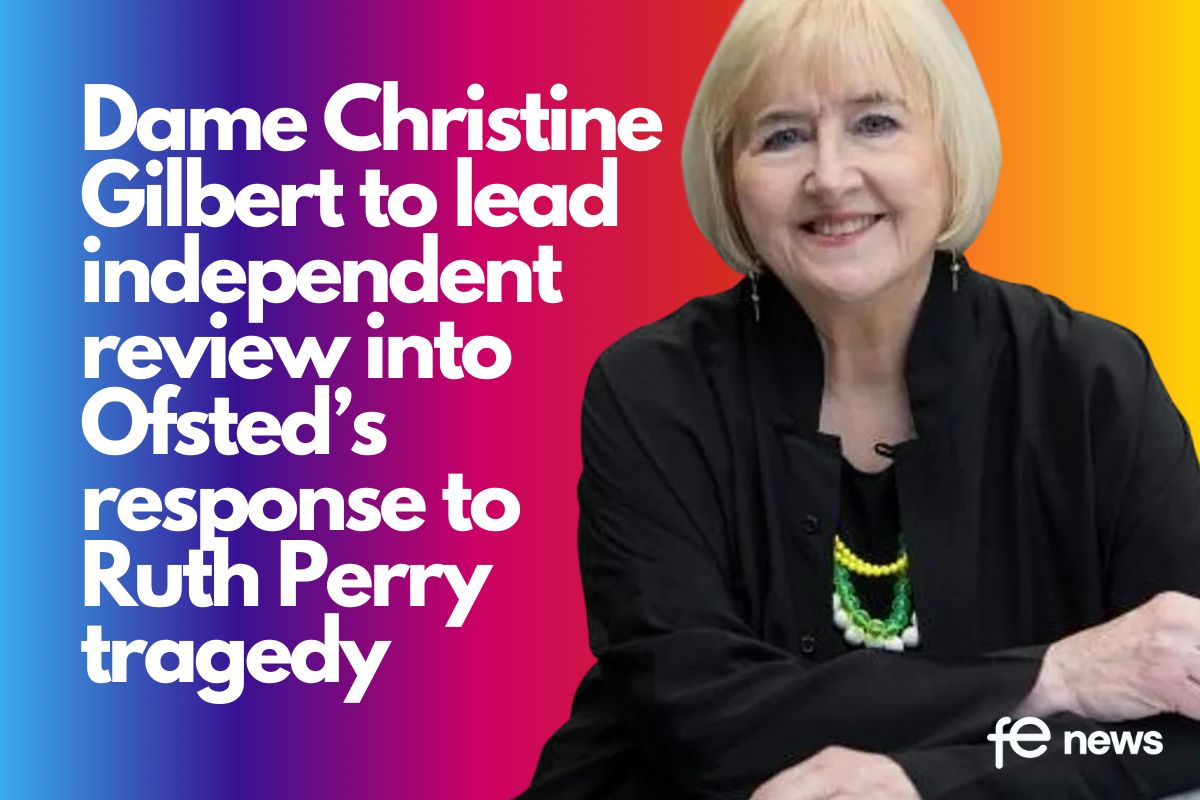Carefully planned curriculum intent can help deal with social disadvantage

It’s really important that providers get a clear view that curriculum intent is only one part of the whole thing about the quality of education, and that while we might talk about curriculum intent only at this point, it forms part and parcel of the whole thing.
Any planning that providers do must bear that in mind, because one element does not stand separate from another.
What’s most interesting for me about it is that it gives providers an absolute opportunity to really nail down what it is that they’re about as providers, to really give clarity about the purpose for the education and training that you provide.
Now, whether you’re a provider that offers a whole range of academic, vocational and technical programs in each of the 15 sectors, subject areas or occupational pathways, to those providers that are niche and offer one set of qualifications, or programs, in a single sector. Curriculum intent is important for any type of organisation.
It’s more complicated for those that offer a variety of programs because you may well have an overarching intent, but then that will be layered with a whole series of different curricular intents for the range of programs that you offer.
So you may well, for example if you’re a large provider, have your main intent may well be to provide progression opportunities for young people and adults that didn’t do well at school. So that’s a sort of simple overall intent. But if you’ve got different programs, you’d have a different intent for hair and beauty, as you would for engineering, building and construction, business administration. So there may well be different curricula intent for those.
The detail of curriculum intent, and this is the nerdy bit: page 43, paragraph 173, and the various bullet points under that, of the Education Inspection Framework Handbook. There it talks about ‘selecting and developing a curriculum that develops the knowledge, skills and behaviours that learners need in order to take advantage of opportunities, etc., etc..’ So that’s important.
One of the things it says there is that ‘a carefully planned curriculum intent can help deal with social disadvantage’. Now, in a sense, that’s a clue to what intent should be about.
One of the things that we are pushing, and what the research tells us, is that learners benefit from high aspirations.
So that regardless of entry level, regardless of any of the protected characteristics, regardless of whether learners have got defined learning difficulties or disabilities, that the curriculum should be such that it stretches them and enables them to get the very best out of the teaching and training that as a provider you are offering.
How can providers provide evidence of an ambitious curriculum?
Labour market information is important because what it does is to tell you as a provider about the range of opportunities that are available for young people and adults within your locality, and within the wider region, so that you can effectively target your training and resources to help meet those needs. Now, one of the challenges around that there may well be other providers in your locality and region that are also doing the same thing. So one of the pieces of evidence will be about why you think you have the strengths and capacity to be able to meet those needs better than anybody else. So you’ve got your LMI, you’ve determined that you’re going to offer this particular suite of programs and you then look at your data both in terms of historical achievement rates, because that tells you something as a provider about, you know, how effective your training has been. Then it’s about progression in to occupations or further training relative to the programs that you’ve been offering.
So, those kind of things are all really helpful in giving you the evidence to say, well you know, we’ve got that. Some of the evidence might also be about the experience, knowledge and expertise of the staff that you’ve recruited, and also about the ongoing professional development that you are providing for them, in order to make sure that they stay top of their game. So there’s different tranches of evidence than that, tell you how the curriculum that your offering is supported by the range of opportunities. At the end of that program and by the quality and expertise of the staff delivering those programs. So that’s one element of it.
Now, labour market information can lead you to think that, well, OK. The LEP is telling me one thing. Some of that is quite high level. So if the LEP is saying you sorts of tourism is an area of growth in our economy and our regional economy, and you as a provider might say, well, yes, I understand that. But my own experience of that is when I’ve gone out to recruit for students and apprentices in tourism or hospitality that I’m not getting the applicants so that that’s, you know, let priorities may be one thing, but actually local appetite for jobs in some sectors might well be challenging for you as a provider to deal with. And you may well determine in your analysis of that labour market information and the feedback that you’re getting not to deliver certain programs. Again that would help inform your overall curriculum intent, because that’s been really specific about the programs that you will offer and the programs that you don’t offer. So I think that there are elements there to think about.
How levy contracts can define curriculum intent
I think there are other things as well. If you are provided that has a levy contract, then that defines your curriculum intent. That is your labour market information, because the employer is coming to you with a cohort of apprentices that says, “We have a labour market need for these apprentices.”
Therefore part of your curriculum intent to meet the needs of employers, you are doing that by fulfilling this levy contract. Now, that levy contract, those labour market needs might well go beyond local and regional.
Many levy contracts are national. So then the definition of meeting a need under those circumstances is about meeting an employer need and understanding from then and working with them to identify what the intentions are around that.
So the intention may well be to develop the management capacity of middle managers throughout the organisation in order to progress them quickly into senior management to help restructure the business. So, there could be specific rationales for what it is a levy payer wants for you.
But it’s got to be clear about that sort of even then about the destinations that learners go to.
You can’t have intent without outcomes, without impact.
The intent drives the rationale for your modus operandi, I’m using all the posh words! Then from that modus operandi, the implementation, through to the impact of what you’ve done.
So that begins to form that golden thread. So what you decide in intent can be tested throughout your teaching, training, assessment and to the impact that has on learners during, and at the end of the program.
Chris Jones is one of Her Majesty’s inspectors for Ofsted. He is a specialist advisor for further education and skills, with a special interest in apprenticeships.












Responses